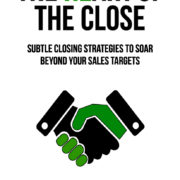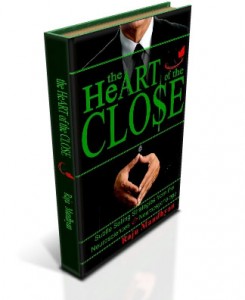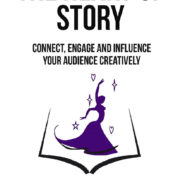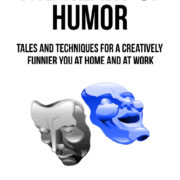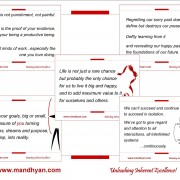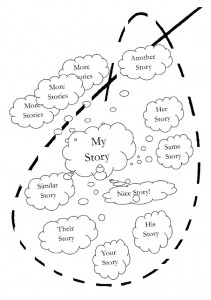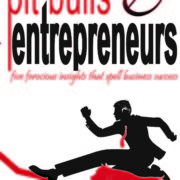the HeART of the CLOSE: What Sales Coaching is Not
Let me start by talking about what coaching isn’t. Coaching is not telling. It is not teaching, not training, and not even mentoring. When you tell something to someone, you deliver sound and the listener probably hears it. Does he accept, understand, and act upon it? Only he will know and only he can say.
Coaching is not teaching. Teaching is when your listener doesn’t know the subject or the skill at hand as well as you do, and so you explain and maybe demonstrate. In this case you need to know the subject at hand much better and deeper than your listener or student.
Coaching is not training. Training is when you facilitate the learning of a skill; say biking or using Microsoft Excel. You can be referred to as a “coach” but you’re not truly coaching in the real sense.
Coaching is not mentoring. Mentor is the name of a man in whose care Telemachus, the son of King Ulysses of Ithaca was put under. Ulysses (also known as Odysseus in Greek) asked Mentor to look after his son when we went off to fight the legendary Trojan Wars which lasted 20 years. Apparently, Mentor did such a good job of caring for Telemachus that the word “mentor” moved into the language as the name for a person who teaches principles and practices to his pupil and protégé. Thus, you mentor someone also when you are better than him in specific subjects and skills.
To be a coach or to coach someone, you do not have to necessarily be better than the person you are coaching in that specific skill set. To coach is to evoke and to facilitate the unlocking of innate potential in the person you are coaching.
The professions that come closest to coaching might be a combination of doctor, counsellor, and guide. Yet these three are not quite coaching because they somehow prescribe and indoctrinate.
Coaching provides context but no content. Coaching provides the framework but doesn’t provide any principles to the one being coached. Coaching only challenges assumptions, unearths desires and strengths and then maybe co-designs a strategy to achieve those desires and optimize those strengths. A coach helps sets goals and then watches you while you execute and achieve them. There are thousands of definitions of coaching and thousands of principles for practicing coaching.
To establish a clear understanding of coaching let me, again take you back a few hundred years in time to Italy and modern day Rome.
In Florence, Italy, a young sculptor was commissioned to do a statue of a well-loved Biblical character out of a discarded Carrara marble piece. It was a project nobody wanted to be part of. Many other sculptors said the piece of marble was rotten, porous and scarred. None of them wanted to be associated with such work lest their names and honor be tainted.
Young Michelangelo, as he approached and circled the stained and scarred rock, paid little attention to the rumors or the damaged external conditions of the rock. His eyes and his heart saw only the beauty and elegance that lay hidden inside the rock. He imagined what the rock could become when all the unnecessary parts were chipped away by his skilled and caring hands. After many days and nights and months of laboring with love and chipping away the unnecessary from the rock, artist Michelangelo succeeded in unearthing and bringing to life the amazingly beautiful statue of David. It still stands tall and proud at the Galleria dell’ Accademia as a homage to an artist –a coach who saw beauty, brilliance and potential in a piece of discarded rock.
That, essentially, is the heart of coaching. It is the art and science of seeing something powerful inside of others and then carefully, lovingly and scientifically releasing and unleashing that potential. To be a coach is to be an awakener of sorts. To be a coach is to be an almost invisible, non-interfering guide by the side of your salesperson. Yes, that is coaching!
Taken from my upcoming book, the HeART of the CLOSE.
Find more insights like this one in my other books on Amazon
Connect with me on Facebook/Raju Mandhyan

